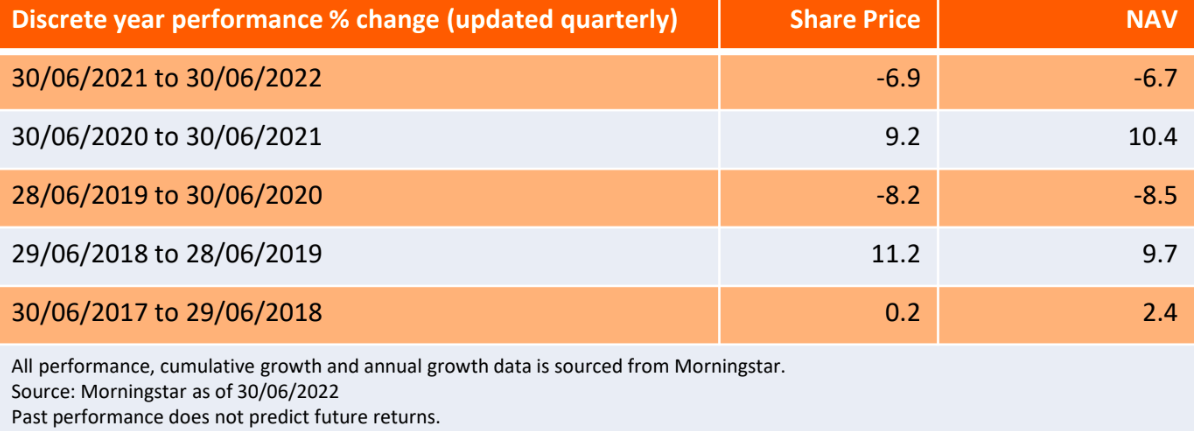
Investment Environment
Global equity markets fell sharply over the month as inflation continued to bite and the policy response from central banks continued apace, with the US Federal Reserve (Fed) hiking interest rates by 75 basis points (bps) again. Bond yields rose sharply (prices fell) in response to higher rate expectations, with a strengthening US dollar continuing to negatively impact investor sentiment in Asia. Asia was the worst performing region with North Asian markets the weakest performing as the technology-dominated markets of South Korea and Taiwan were impacted by weaker demand expectations and a shift away from growth-style companies in a rising cost of capital environment.
In addition, China was particularly weak following its adherence to a zero Covid-19 policy and tension with the US. However, Indonesia and Singapore were two of the best performing markets. Positive sentiment around improving macroeconomics from the Covid-19 re-opening supported Indonesia, as well as stronger commodity prices. Meanwhile, Singapore’s defensive characteristics and higher dividend yield provided some protection in the current volatility. By sector, the defensive nature of consumer staples ensured it was the best performing sector over the month while information technology was one of the weakest sectors.
Portfolio Review
The Company’s net asset value (NAV) fell 7.4% over the month -marginally outperforming the FTSE All World Asia Pacific ex Japan Index which fell 7.5%. However, it underperformed the MSCI Asia Pacific ex Japan High Yield Index, which fell 5.9% in sterling terms.¹
In terms of activity, we reduced exposure to Taiwanese technology stocks following weak results in the sector which indicated an inventory overhang, falling margins, and weak consumer demand. We sold Mediatek and added a new position in Midea Group, a Chinese home appliances company with a strong brand and strong balance sheet which we felt was attractively priced following a sharp fall. We also liked its exposure to the signs of stabilisation in the property market. We also added Zijin Mining in China given expectations for the copper price to weaken from increasing supply and weaker demand, which created some risk for its earnings.
Manager outlook
The weaker outlook for the consumer from stubbornly high inflation seems likely to create some risk for corporate earnings and the possibility of more earnings downgrades into an already volatile environment, with investors already dealing with the prospect of significantly higher interest rates and tighter liquidity from central banks. However, Asian equity valuations continue to look attractive to us relative to global equities. Inflationary pressures also remain less pronounced in the region. We are more confident about the outlook for dividends considering the excess cash being generated and the low level of dividends paid out compared to earnings. We remain focused on domestic-orientated companies with strong cash flow and sustainable and growing dividends.

1Source: Bloomberg as at 30th September 2022.
Bond yield – Bond yield is the return an investor realizes on a bond and can be derived in different ways.
Dividend yield – The dividend yield, expressed as a percentage, is a financial ratio (dividend/price) that shows how much a company pays out in dividends each year relative to its stock price.
Inflation – The rate at which the prices of goods and services are rising in an economy. The CPI and RPI are two common measures.
Inventory overhang – The quantity of goods or other things that have not been sold when they should have been.
Liquidity – The ability to buy or sell a particular security or asset in the market. Assets that can be easily traded in the market (without causing a major price move) are referred to as ‘liquid’.
Net Asset Value (NAV) – The total value of a fund’s assets less its liabilities.Valuation metrics -Metrics used to gauge a company’s performance, financial health, and expectations for future earnings eg, price to earnings (P/E) ratio and return on equity (ROE).